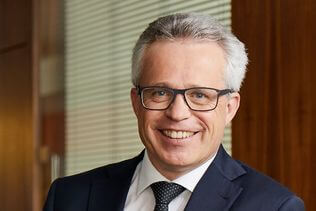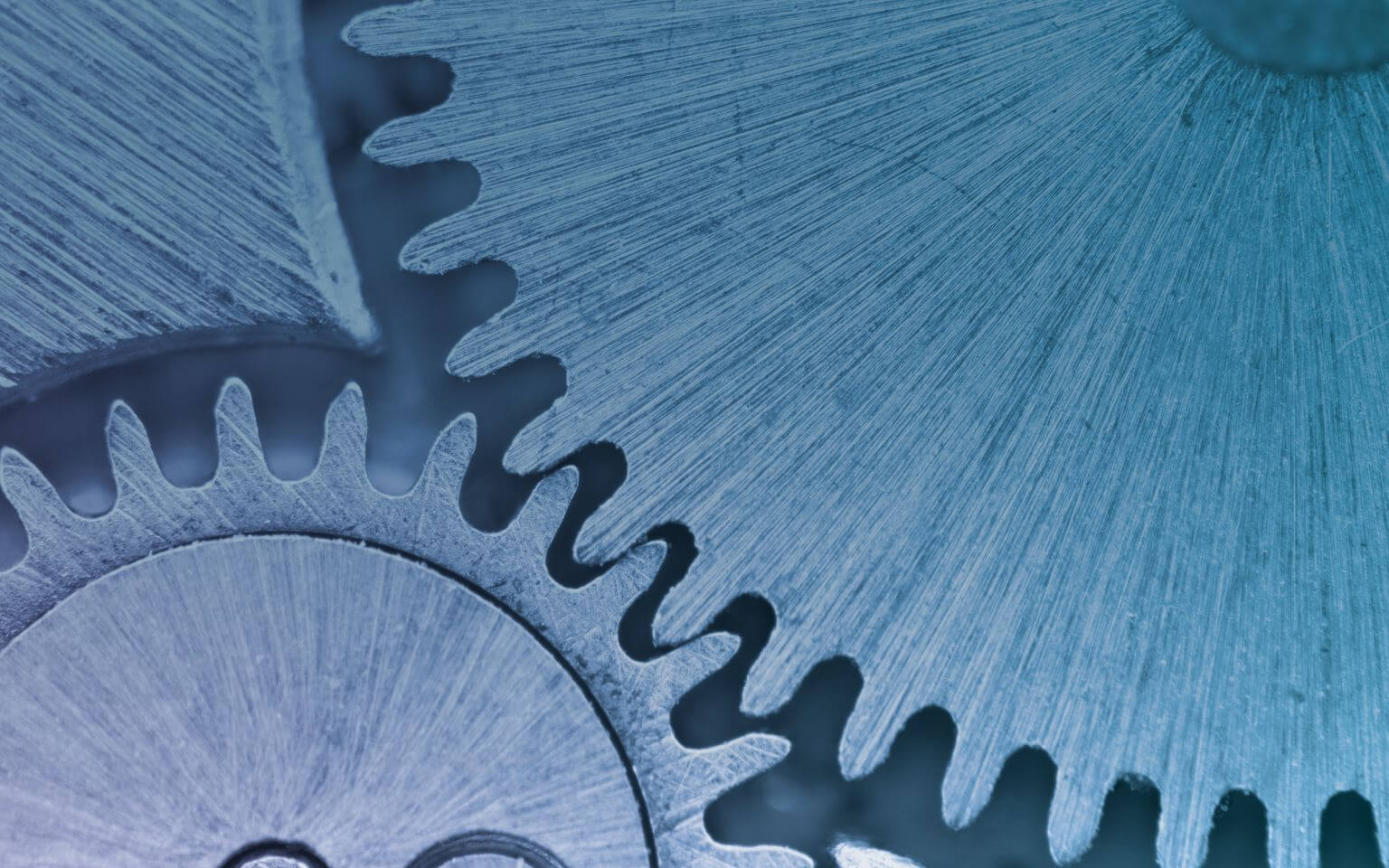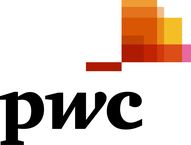Swiss patent box: a tax-saving option for you?
Revenues from patents and similar rights may be almost fully tax-exempt (up to 90%) at Swiss cantonal level. What do you stand to gain?
Patent box Switzerland: how does it work?
The patent box is here! Switzerland’s tax reform, effective from 2020, allows cantons to become more tax-competitive and innovation-friendly by giving companies tax breaks on income from intellectual property rights. The idea is to promote research and development and incentivise innovative value creation.

Rentsch Partner and PwC are here to help you make the most of this brand-new opportunity. It’s uncharted territory, so you might want to talk to us to find out whether you qualify, and how to go about taking advantage of the patent box.
In the meantime, feel free check out this website for more details of what’s involved - and what you stand to gain.
Do you tick the boxes for the patent box?
- Do you have patented or patentable technology?
- Are your net margins on the patented products higher than 6-7%?
- Do you perform R&D activities in Switzerland to a large extent?
- If you have answered these 3 questions with a yes, you should be able to benefit from the patent box. Please contact us immediately for a meeting with our specialists.
- If your R&D activities mostly take place abroad, it’s advisable to do a patent box feasibility check. Please contact us to schedule a meeting with our specialists.
How we can help
The Swiss tax reform and the new patent box are a rich opportunity. But in such new and unexplored territory it’s good to have an expert guide. Contact us to discuss your next move.


Patent box: first things first
1. Who qualifies for the patent box?
- In principle, any company in Switzerland that owns patented or patentable technology qualifies.
- The entity doesn’t necessarily have to be the legal owner of a patent; what counts is the economic ownership (i.e. the entity bearing the costs of the research and development activities).
- Process patents also qualify for the patent box.
- The OECD’s substance requirements, and in particular the modified nexus approach, apply.
2. Which income qualifies?
- The part of the patent box profit that meets the substance requirements of the OECD's modified nexus approach is subject to reduced taxation under the patent box regime. In the nexus ratio there’s a direct link to the R&D costs incurred by the Swiss entity. Acquisition costs and contract R&D costs with related parties abroad reduce the nexus ratio and the benefit that companies can get under the patent box rules.
- Qualifying income includes both licences and capital gains from the sale of a patent, and income from the sale of products (‘embedded income’).
- Taxpayers are free to decide when and with which patents they wish to enter the patent box.
However, entry into the patent box is linked to a "buy-in" mechanism in which the qualifying R&D costs over the last 10 years, which were deducted from the taxable base, need to be taken into account. In Zug and Zurich, these entry costs may be offset against patent box profits in the first five years. In Basel, the entry costs are taxed at a very low rate (0.5%) in the first year.
3. What about the R&D super-deduction?
- On request, certain cantons may grant an additional deduction of up to 50% on R&D expenses incurred in Switzerland.
- The definition of qualifying R&D costs is much broader under the R&D super-deduction than under the patent box. It follows the definition of innovation and scientific research as per Article 2 of the Swiss Federal Act on the Promotion of Research and Innovation (FIFG/RIPA), which includes:
- scientific research (basic and applied research) and
- science-based innovation.
- With the R&&D super-deduction, the cost base can be defined as follows:
- own salary costs incurred by employees with 35% mark-up on costs and
- 80% of the contract R&D expenses paid to a contract researcher in Switzerland (third party).
- The total benefit of all tax measures may not exceed 70% of taxable income ("maximum relief limitation"’).
4. When do you need to take action?
The corporation tax reform is effective from the beginning of 2020, so companies wishing to benefit should be assessing their eligibility for the Swiss patent box and reviewing their R&D/patent strategy as quickly as possible.
5. Benefits
A reduction in effective income tax charge up to a maximum of 70% of your taxable profits.
Cantonal corporate income tax rates and extent of possible reliefs
| Canton | Patent box relief | R+D deduction | Max. relief limit | Effective profit tax rate (after reform) | Effective profit tax rate (before reform) |
|---|---|---|---|---|---|
| AG | 90% | 50% | 70% | 18,61% | 18,61% |
| AI | 10% | 0% | 50% | 12,66% | 14,16% |
| AR | 50% | 50% | 50% | 13,04% | 13,04% |
| BE | 90% | 50% | 70% | 21,04% | 21,63% |
| BL | 90% | 20% | 50% | 17,97% | 20,70% |
| BS | 90% | 0% | 40% | 13,04% | 13,04% |
| FR | 90% | 50% | 20% | 14,17% | 19,86% |
| GE | 10% | 50% | 9% | 14% | 24,16% |
| GL | 10% | 0% | 10% | 12,43% | 15,65% |
| GR | 90% | 0% | 55% | 14,73% | 16,12% |
| JU | 90% | 50% | 70% | 17% | 20,40% |
| LU | 10% | 0% | 20/70% | 12,32% | 12,32% |
| NE | 20% | 50% | 40% | 13,57% | 15,61% |
| NW | 90% | 0% | 70% | 11,97% | 12,66% |
| OW | 90% | 50% | 70% | 12,74% | 12,74% |
| SG | 50% | 40% | 40% | 14,50% | 17,40% |
| SH | 90% | 25% | 70% | 14,18% | 15,72% |
| SO | 90% | 50% | 70% | 16,32% | 21,38% |
| SZ | 90% | 50% | 70% | 14,13% | 15,02% |
| TG | 40% | 30% | 50% | 13,40% | 16,43% |
| TI | 90% | 50% | 70% | 19,21% | 20,55% |
| UR | 30% | 0% | 50% | 12,64% | 14,92% |
| VD | Offen | Offen | 50% | 14% | 14% |
| VS | 90% | 50% | 34% | 16,98% | 21,57% |
| ZG | 90% | 50% | 70% | 11,91% | 14,35% |
| ZH | 90% | 50% | 70% | 18,19% | 21,15% |
Source: PwC, 07. November 2019
How we can help
The Swiss tax reform and the new patent box are a rich opportunity. But in such new and unexplored territory it’s good to have an expert guide. Contact us to discuss your next move.


IP and Patent-box Strategy
Your IP Strategy is derived directly from your business strategy and is of central importance to safeguard your innovation. Prior to the introduction of the Swiss tax reform, patent protection was used primarily in the three ways:
- Offensive patent protection
- Defensive patent protection
- Licensing of patents as a means for generating value
- With the introduction of the patent box, patents can now also be used strategically for tax purposes. Patents as a means of tax optimization needs to be included in your overall IP strategy.
- For optimal deductions, a patent box strategy should be developed which is aligned with the IP strategy. The patent box strategy should efficiently identify products or product groups currently protected with existing patents and, if not protected, specify new applications such that a tax benefit can be realized.
Qualifying Protective Rights
Both patents and comparable rights are suitable for the patent box. A national patent, for example a Swiss, German or American patent can be submitted. Furthermore, "petty patents", such as utility models or utility model certificates also qualify.
- The following are deemed comparable rights: supplementary protection certificates (SPC), protected topographies, protected plant varieties, protected remedies and protected agricultural reports.
- It should be noted, however, that only granted patents or registered utility models and certificates can be placed in the patent box, but not pending applications.
Thus results in different strategic considerations depending on your IP situation. If gaps are identified in your IP portfolio regarding the patent box, the filing of a Swiss patent application is to be preferred, as the Swiss patent application is not examined on its merits (novelty and inventive step), and therefore a quick grant can be achieved within about a one year. In contrast to examined patents, such as the European patent, the US, or the German patent, you can quickly benefit from tax deductions.
Protectable Objects
Any technical teaching can be protected in a patent, provided that it is new, inventive and industrially applicable. The term technical is to be understood in a broad sense. In addition to classical technical inventions from the fields of engineering, chemistry and biotechnology, software can also be protected as a so-called computer-implemented invention, contrary to widespread opinion.
How we can help
The Swiss tax reform and the new patent box are a rich opportunity. But in such new and unexplored territory it’s good to have an expert guide. Contact us to discuss your next move.


News
-
12 Apr 2024
-
27 Mar 2024
-
21 Mar 2024
-
8 Mar 2024
-
8 Mar 2024
-
15 Feb 2024
-
11 Jan 2024
- Information
Announcement of our 2024 promotions
-
12 Dec 2023
-
21 Nov 2023
Blog posts
-
19 Apr 2024
- Information
Navigating the Challenges of Green Trademarks
-
18 Apr 2024
- Information
IP for amazing products
-
28 Mar 2024
-
6 Mar 2024
- Information
Sell or Rent?
-
23 Feb 2024
-
23 Feb 2024
- Information
Trademarks often die slowly and silently







